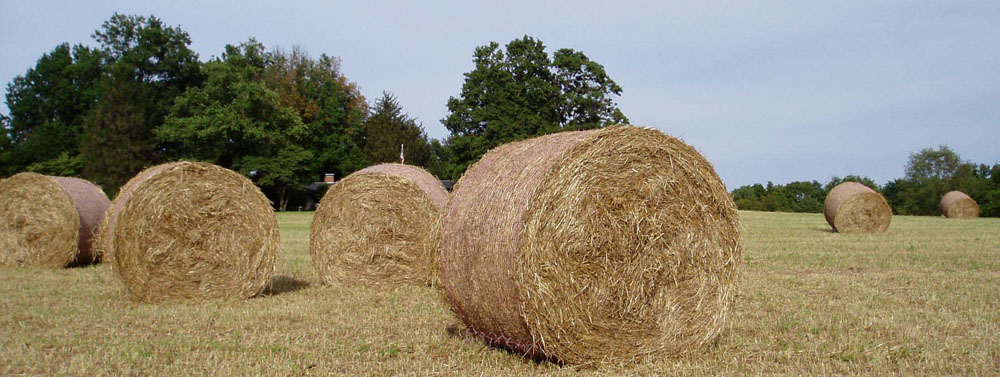The Biomass Utilization Story is All in the Data Delivery
In 2008, a major publisher ran a story about where all the biomass feedstocks were. It was a good story that brought attention to biomass as a fuel source. But they used the National Renewable Energy Labs (NREL) ‘Total Tonnes’ map (on the left). Knowing the Midwest capacity to grow biomass, the enormous quantities listed for the West Coast were troubling.
California is large and also can grow biomass, but it has only 57 (very large) counties. Compared to the Midwestern counties that are much smaller, the total tonnes map is not as informative.
The map on the right is the same data in Tonnes/km2. This is a yield per unit of land resource, and in terms of conveying productivity of US regions, does a better job at communicating where annual biomass resources are produced. It does a more representative job of conveying availability.
The total tonnes map is not wrong, it just gives total production rather than a localized productivity. The heaviest producers of biomass are producing lots of it. If the question is about total production, it may be a better measure. But one thing that is not immediately clear, is the legend on the right is nearly as large per unit as the legend on the left in total biomass per county. So, looking at the largest yield, biomass/land area unit, the largest counties are producing nearly as much per square kilometer as the total tonnes counties are producing per county.
Great work, NREL, at providing the tools to discuss area-based biomass production.
For extra points, what is the difference between tons and tonnes?
- My undergraduate students might say, English/short tons and metric/long tonnes, but the better answers include the weight: 2,000 pounds vs. 2,200 pounds. That 10 percent difference matters when you are buying and selling. With most agricultural commodities inside the United States, the English system is used in the marketplace. Outside the US, the commodity markets use metric tons.
- With biomass energy the tons are bone dry tons, with zero moisture. Agriculture harvests and markets hay and silage on a wet basis in the field, but energy fuels do not get any heat value from water. With biomass fuels, the heating value is based on tons without water, or dry tons.
To tell the best story, it is important to know the intended audience to get the presentation correct. It is more difficult when the venue/conduit used to convey the information is available to multiple audiences with different industry measurements. The higher ground provides the most clarity, even if it takes another iteration or two.



Comments
The Biomass Utilization Story is All in the Data Delivery — No Comments
HTML tags allowed in your comment: <a href="" title=""> <abbr title=""> <acronym title=""> <b> <blockquote cite=""> <cite> <code> <del datetime=""> <em> <i> <q cite=""> <s> <strike> <strong>